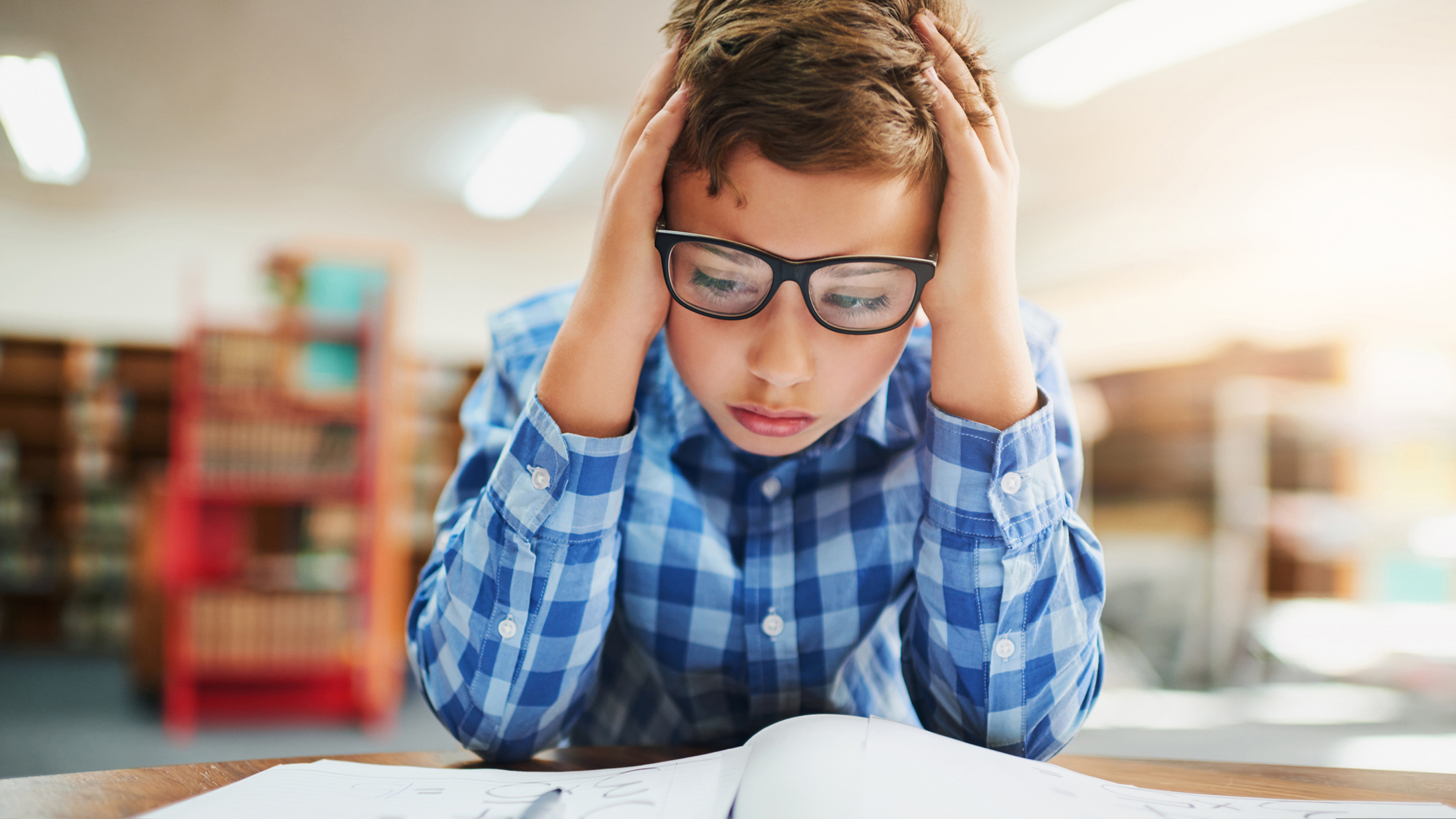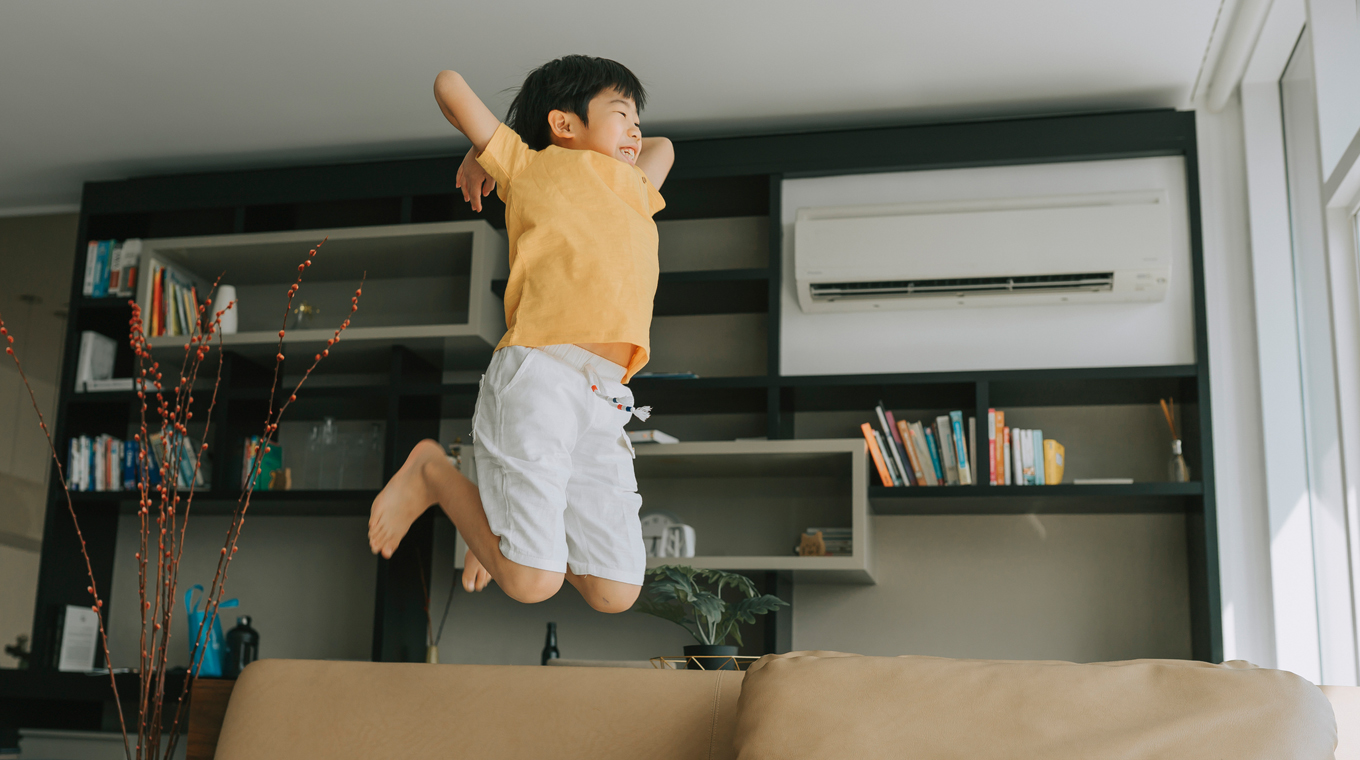
In this article
Popular culture often depicts children with attention deficit hyperactivity disorder (ADHD) as wild and bouncing off the walls. While some symptoms of ADHD can look like hyperactivity and impulsiveness, there is certainly more to the story than just that.
So what is ADHD exactly? ADHD is one of the most common neurodevelopmental disorders in childhood and is usually first diagnosed in childhood but often lasts into adulthood. And although it is referred to as a childhood disorder, there are several instances where adults receive a diagnosis for the first time.
“The most important thing is that there is a spectrum of symptoms when it comes to ADHD,” Dr. Steph Lee, a spokesperson for the American Academy of Pediatrics (AAP), previously told Mom.com. So with that in mind, let's look into what getting an ADHD diagnosis means, what different signs of ADHD in adults can be, and what treatment options are available.
How to get diagnosed with ADHD

ADHD is a childhood disorder. In fact, it’s estimated that 6.1 million kids in the U.S. have been diagnosed with ADHD. But how does it get diagnosed?
ADHD in kids
The disorder is recognized as showing, "a persistent pattern of inattention and/or hyperactivity-impulsivity that interferes with functioning or development,” according to the American Psychiatric Association’s Diagnostic and Statistical Manual (DSM-5) — guidelines used by healthcare providers to diagnose ADHD. These patterns fall into three primary categories: inattentive, hyperactive, and impulsive symptoms and behaviors. It’s possible for kids with ADHD to fall into more than one category.
In addition to the symptoms and behaviors that come with these different ADHD types, a few other criteria need to be met to receive an ADHD diagnosis for children and adults alike.
- The symptoms and/or behaviors have been consistent for at least six months.
- These symptoms must have occurred before the age of 12.
- These symptoms occur in more than one setting (eg. at work, home, school, daycare, etc.)
ADHD in adults
According to the CDC, adults only need to exhibit five symptoms (as opposed to six for kids) in order to receive a diagnosis. So if you think you might have ADHD, mention it to your provider.
They’ll screen you for ADHD but will also rule out other mental health disorders — such as anxiety or depression — that can have overlapping symptoms including difficulty concentrating.
Because this is a childhood disorder, part of the diagnosis criteria includes experiencing symptoms before age 12. Other adults who were in your life at that time will need to confirm and validate these symptoms.
Signs of ADHD in adults

ADHD is typically diagnosed in childhood. And yet, there has been an uptick in adult ADHD diagnoses. Even though this disorder isn't something new that starts later in life, symptoms may be more pronounced now that you're older and have more pressure and responsibilities.
“I was officially diagnosed by my primary care doctor last year," Breanna B. shared with Mom.com. "And believe it or not, the assessment paperwork she gave me to fill out was written/copyrighted in 1994. The questions had zero relevance to my lived experience as an undiagnosed adult with ADHD, and were clearly written with the old stereotypes of ‘disruptive, hyper little boy’.”
Unfortunately, this experience and frustration with getting an ADHD diagnosis as an adult aren’t uncommon. Many times ADHD manifests in women and girls differently, and the symptoms are overlooked.
“Luckily, my doctor is educated about ADHD, and the assessment had no bearing on my diagnosis. It was just a step she legally had to take before prescribing me a stimulant medication," Breanna added.
Signs of ADHD in adults are similar to those in children, but because people are older and have different responsibilities and lifestyles, the symptoms manifest in different ways. For example, ADHD symptoms in adults might look like being forgetful, restless, easily distracted, and/or overly reactive to frustration.
ADHD treatment

Depending on what age diagnosis occurs, ADHD treatment might be different. The two primary treatments are behavioral and/ or medication.
Behavioral
Behavior treatment is more likely to be used if a child is diagnosed with ADHD. The aim of this treatment in kids is to adjust behavior and better kids' self-control and self-esteem. The type of behavior management and/or behavior intervention recommended will be tailored to your child's specific needs and their age.
Medication
Sometimes a combination of behavioral-based treatment and medication might be the best solution. There are two main categories of ADHD medication: stimulants and non-stimulants. Stimulants can enhance and balance out chemicals in the brain called neurotransmitters. Non-stimulants — such as atomoxetine and some antidepressants like bupropion — may be prescribed if the patient has health issues or are prone to the side effects of stimulants.
Keep in mind that depending on the child, any medication may have side effects such as sleep problems or a decrease in appetite.




